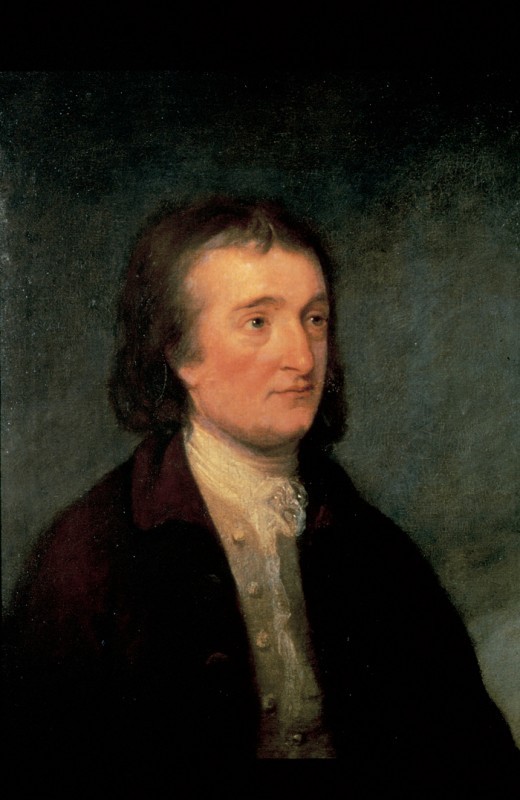
Charles Bird King, Joshua Johnson (1742–1802), oil on canvas. (Courtesy, Smithsonian American Art Museum, Adams-Clement Collection, gift of Mary Louisa Clement in memory of her mother, Louisa Catherine Adams.) Johnson is the Annapolis merchant in London who researched Chase’s claim on the Lawrence Street properties and broke the news about the pottery.

Jeremiah Townley Chase (1748–1828), attributed to Robert Edge Pine, ca. 1785, oil on canvas. (Courtesy, Maryland Historical Society, Baltimore, Maryland.) Chase is the American who failed to collect his rents in arrears on the Chelsea Porcelain Manufactory.

Houses in Lawrence Street, Chelsea, London, on the site of the Chelsea Porcelain Manufactory. (Photo, Stephen Patrick.)

Plaque describing the significance of the Chelsea factory in Lawrence Street. (Photo, Stephen Patrick.)

Tureen, Chelsea Porcelain Factory, London, England, ca. 1754. Soft-paste porcelain. H. 10 1/2". (Courtesy, Winterthur Museum.) The molded and ornamented design of this tureen reflects the silversmith training of Nicholas Sprimont; it is embellished with enamel-painted decoration and gilding attributed to Jefferys Hamett O’Neale. Traditionally thought to have been made for Warren Hastings, now of the Campbell Soup Tureen Collection
